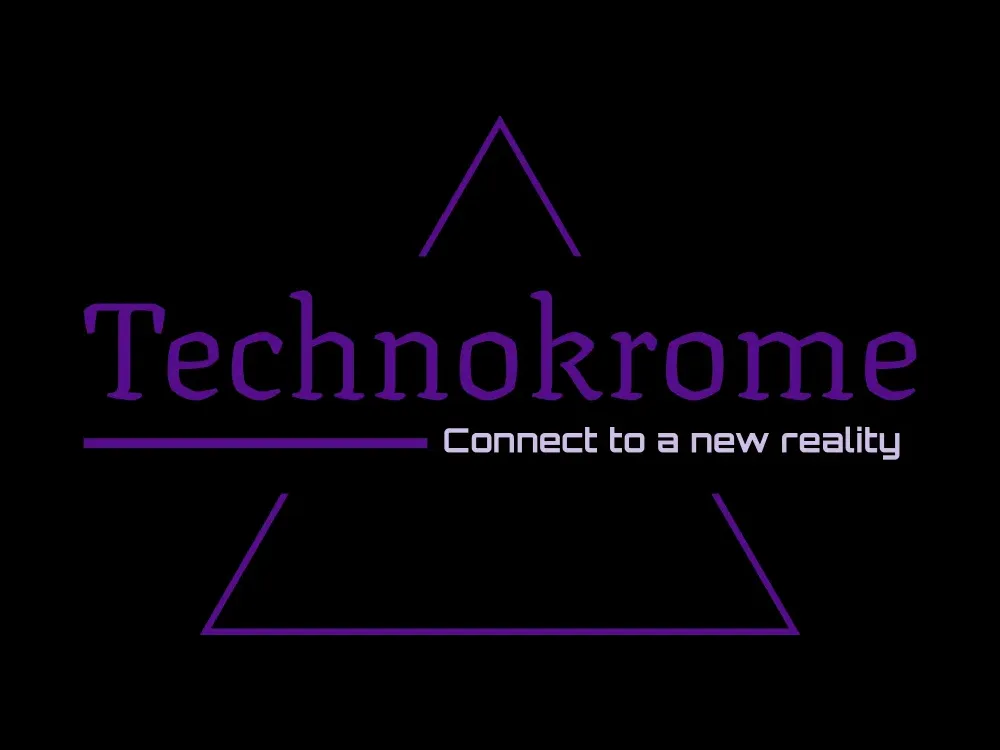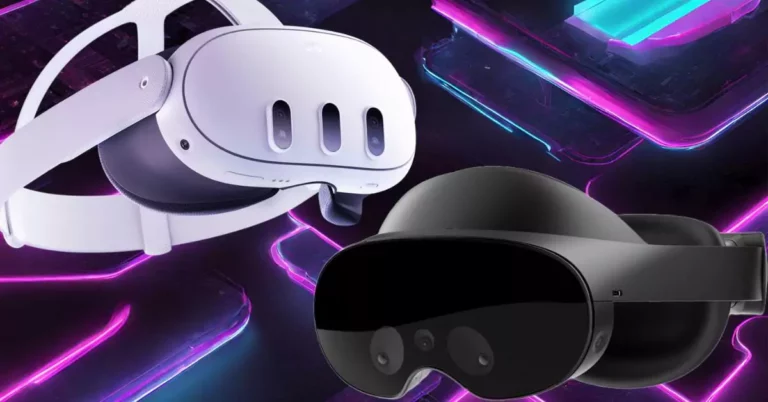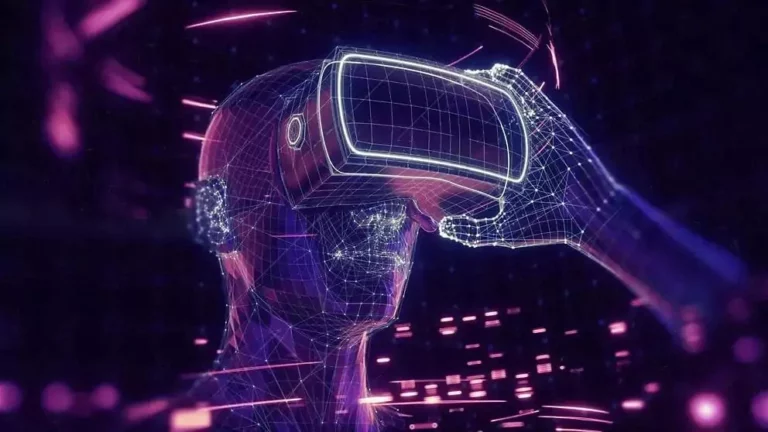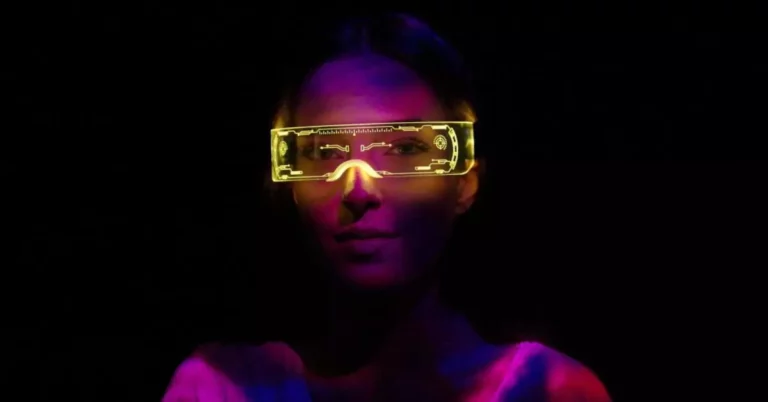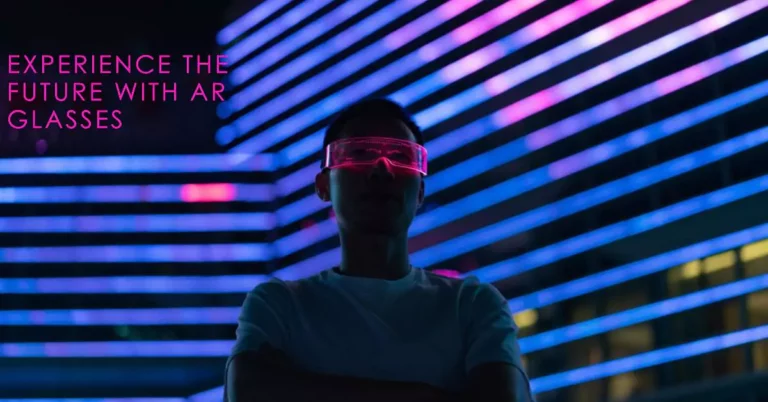Welcome to this guide on Metaverse headsets, where we’ll take you on an immersive journey into the world of virtual reality (VR) tech. With the ever-growing hype surrounding the Metaverse and its potential impact on our lives, tech companies have been hard at work developing cutting-edge headsets and hardware.
These headsets allow users to fully immerse themselves in virtual worlds like Decentraland, Horizon Worlds, and the Sandbox.
This article aims to provide a comprehensive overview of the different types of headsets to access the Metaverse, their features, and their various applications. So, without further ado, let’s dive right in!
Table of Contents
Some Background
Proclaimed as “the future of social media,” the Metaverse holds the promise of revolutionizing our online interactions. Key to this transformation are Metaverse headsets, which facilitate a fully immersive 3D virtual world, empowering users to enter and explore this digital realm through avatars.
The intuitive control over movements is made possible by the controllers integrated into the VR headsets.
Over time, significant advancements have been made to these virtual reality gadgets, driven by the unwavering dedication of companies like Meta, Microsoft, and Lenovo.
Their relentless efforts have resulted in immersive headsets that are both affordable and packed with exciting features. Among these features are 3D sound, 1080p vision, wireless connectivity, hand tracking, and more.
Features of Metaverse Headsets
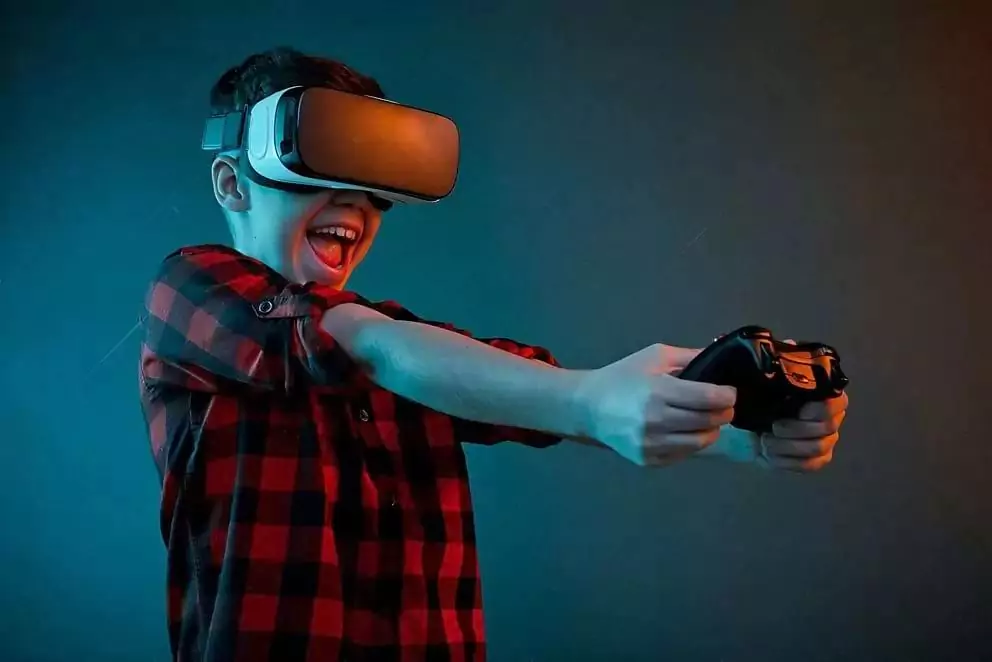
> High Resolution
> Advanced Sensors
VR headsets incorporate various sensors like accelerometers, gyroscopes, and magnetometers, which contribute to accurate tracking of users’ movements and provide seamless interactions within the virtual environment.
> Wider Field of View
Modern-day headsets offer a wider field of view, allowing users to perceive a broader and more encompassing view of the virtual world, making it feel more realistic and engaging.
> 3D spatial audio
Integrated speakers or headphones provide realistic soundscapes that adjust as the user moves through the virtual world, adding to the immersive experience.
> Adjustable Straps and Comfort Features
VR headsets often have adjustable head straps and padding to ensure a comfortable fit during extended use.
> Wireless Connectivity
Some VR headsets offer wireless connectivity, allowing for more freedom of movement without being tethered to a computer or console.
> Ergonomic Design
Comfort is essential for prolonged VR experiences, and XR headsets often prioritize ergonomic design to ensure users can comfortably wear the headsets for extended periods without discomfort.
> Eye Tracking and Distortion Correction
Many headsets include eye-tracking technology, enabling more intuitive interactions and realistic rendering of the virtual environment based on users’ gaze. Distortion correction further enhances visual clarity and reduces eye strain during extended VR sessions.
> Inside-out Tracking
Instead of external sensors, some VR headsets use inside-out tracking, using built-in cameras to track the user’s movements and position in the physical space.
> Cross-platform compatibility
Many VR headsets are designed to work with multiple platforms and devices, making them more accessible to a broader audience.
Meta Headsets VS Other VR Headsets
Metaverse headsets represent the next evolution in VR technology, offering significant improvements over their predecessors. Compared to other VR headsets, Meta headsets boast several advantages:
> Enhanced Resolution and Display
> Advanced Sensors and Tracking
Mixed Reality headsets come equipped with advanced sensors, such as accelerometers and gyroscopes, enabling accurate and responsive tracking of users’ movements.
This ensures seamless interactions and enhances the sense of presence within the virtual environment.
> Wider Field of View
Modern headsets offer a wider field of view, enabling users to perceive a larger portion of the virtual world at any given time. This wider field of view contributes to a more immersive and natural experience.
> Ergonomic Design and Comfort
Comfort is crucial for extended VR sessions, and headsets often prioritize ergonomic design to reduce discomfort during prolonged use. The improved comfort ensures users can enjoy the virtual world without feeling fatigued.
> Upgraded Processors and RAM
XR headsets from Meta are often equipped with more powerful processors and larger RAM sizes, enabling seamless performance and minimizing lag during gameplay and interactions.
> Compact and Portable
Compared to earlier VR headsets, Meta headsets have become more compact and portable, making them easier to use and carry around.
Thus, today’s XR headsets offer a superior VR experience, combining cutting-edge technology with ergonomic design and enhanced performance.
How to Use VR Headsets for the Metaverse

Using virtual reality headsets involves a straightforward process that varies depending on the type of console or device being used to access the Metaverse. Here’s a step-by-step guide to get you started:
- Download and Install a Metaverse Application: First, download a Metaverse application of your choice, such as Sandbox, on your console or device.
- Connect and Pair Your Headset: Turn on your headset and follow the on-screen instructions to connect and pair it with your console or device. If your headset is wireless, you can connect it via Bluetooth. Otherwise, use a wired connection.
- Log in to Your Metaverse Account: Depending on the application, you may need to log into your Metaverse account to access personalized features and experiences.
- Create Your Avatar: Once everything is set up, open the Metaverse application on your console or device and go to the avatar customization menu. Create your unique avatar to represent yourself in the virtual world.
- Enter the Metaverse: With your avatar ready, enter the Metaverse and immerse yourself in the virtual experience. Use the controllers to move around and interact with objects and other users.
Remember to follow any additional instructions provided by the Metaverse application you’re using to ensure a smooth and enjoyable experience.
Understanding How VR Headsets Work
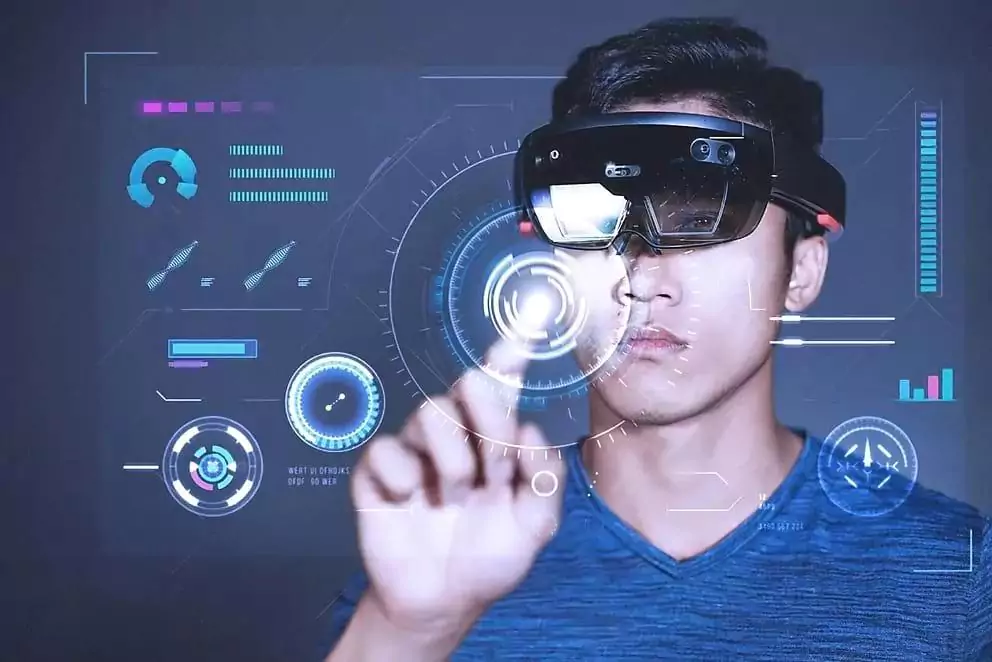
Virtual Reality headsets have become synonymous with immersive experiences, transporting users to captivating digital realms. Let us take a comprehensive dive into the inner workings of VR headsets and shedding light on their intricate mechanics.
How it Works
At its essence, a VR headset is a sophisticated piece of technology that seamlessly integrates multiple components to create a convincing and immersive virtual experience.
The core components of VR headsets can be broken down into three fundamental elements:
- Display,
- Head Tracking,
- and Audio.
The display screen is one of the most critical components, responsible for delivering the visual content to the user’s eyes.
In modern XR headsets, there are two separate displays, one for each eye. This arrangement ensures stereoscopic vision, simulating the way our eyes perceive depth in the real world.
The displays are often high-resolution OLED or LCD panels, providing sharp and vibrant visuals.
Accompanying the display is the head tracking system, which is integral to the VR experience. Through a combination of sensors like accelerometers, gyroscopes, and sometimes external cameras or Lighthouse stations, the headset continuously monitors the user’s head movements in real-time.
As the user turns their head, the virtual perspective updates correspondingly, creating a seamless and responsive experience.
Audio plays a crucial role in enhancing the sense of presence and realism within the virtual environment.
Modern XR headsets employ 3D audio technology, which ensures that sounds are accurately positioned in 360 degrees around the user.
This spatial audio simulation further immerses the user in the virtual world, making them feel as though they are genuinely present within the digital space.
Some Historical Context For You
The concept of virtual reality dates back several decades. In the 1960s, the first-ever head-mounted display (HMD) known as “The Sword of Damocles” was created by Ivan Sutherland.
This early HMD laid the foundation for future developments in VR technology.
Throughout the following decades, various attempts were made to bring VR headsets to the consumer market. However, these early iterations faced numerous challenges, such as limited computing power, clunky hardware, and high costs, which hindered their widespread adoption.
Recent Developments
In recent years, significant technological advancements have propelled VR headsets into the mainstream. Key industry players like Oculus, HTC, and Sony have played pivotal roles in making VR more accessible and user-friendly.
One notable development has been the introduction of standalone VR headsets, which eliminate the need for a tether to a powerful computer or gaming console.
These standalone devices combine all the necessary components into a single, portable unit, offering users greater freedom of movement and ease of use.
Moreover, hand tracking has emerged as a transformative feature in VR headsets.
With hand tracking technology, users can interact with the virtual environment using their natural hand movements, eliminating the need for controllers. This innovation has opened up new possibilities for more intuitive and engaging interactions within VR.
As a culmination of visionary technology, there also emerged devices called AR glasses – blending the real world with digital overlays.
Born from the ingenuity of creators, these glasses evolved through breakthroughs in optics and computing, shaping a new dimension where information seamlessly intertwines with our everyday reality. You can read more on how they’ve redefined our world, exploring their benefits and challenges here.
Addressing Misconceptions
Despite the advancements, some misconceptions about XR headsets persist. One common misconception is that VR is only for gaming. While gaming is a significant application, VR headsets are increasingly being adopted in fields such as education, healthcare, architecture, and training simulations.
Another misconception is that VR is a solitary experience. In reality, VR can be highly social, with users engaging in multiplayer experiences, virtual meetings, and collaborative projects.
Some Statistics For You
Recent data indicates a robust growth trajectory for the VR headset market. The global VR headset market is expected to reach billions in revenue, driven by increased demand from gaming enthusiasts and applications in industries like healthcare, engineering, and education.
The Infinite Possibilities of VR

Here are some of the most popular use cases for Metaverse headsets at that time:
- Gaming and Entertainment: Gaming has been one of the most popular applications for Metaverse headsets. VR gaming provides immersive experiences that allow players to feel like they are inside the game world.
Players can interact with virtual environments, characters, and objects, making gaming more engaging and interactive. - Social Interaction and Communication: Extended Reality headsets enable users to interact with others in virtual spaces.
Social VR platforms offer virtual chat rooms, concerts, conferences, and gatherings where people can connect, communicate, and share experiences in real-time. - Virtual Conferences and Events: MR headsets have been used to host and attend virtual conferences, workshops, and events.
Participants can virtually gather from anywhere in the world, making it more accessible and environmentally friendly compared to physical events. - Education and Training: The gadgets offer immersive educational experiences. From virtual classrooms to training simulations for industries like healthcare, aviation, and engineering, VR can provide a safe and realistic environment for learning and skill development.
- Virtual Tourism: The devices can be used to take users on virtual tours of real-world locations and historical sites. It allows people to explore places they might not be able to visit physically.
- Creative and Artistic Expression: VR has been used as a canvas for artistic expression. Artists can create 3D art, sculptures, and immersive installations within the virtual environment.
